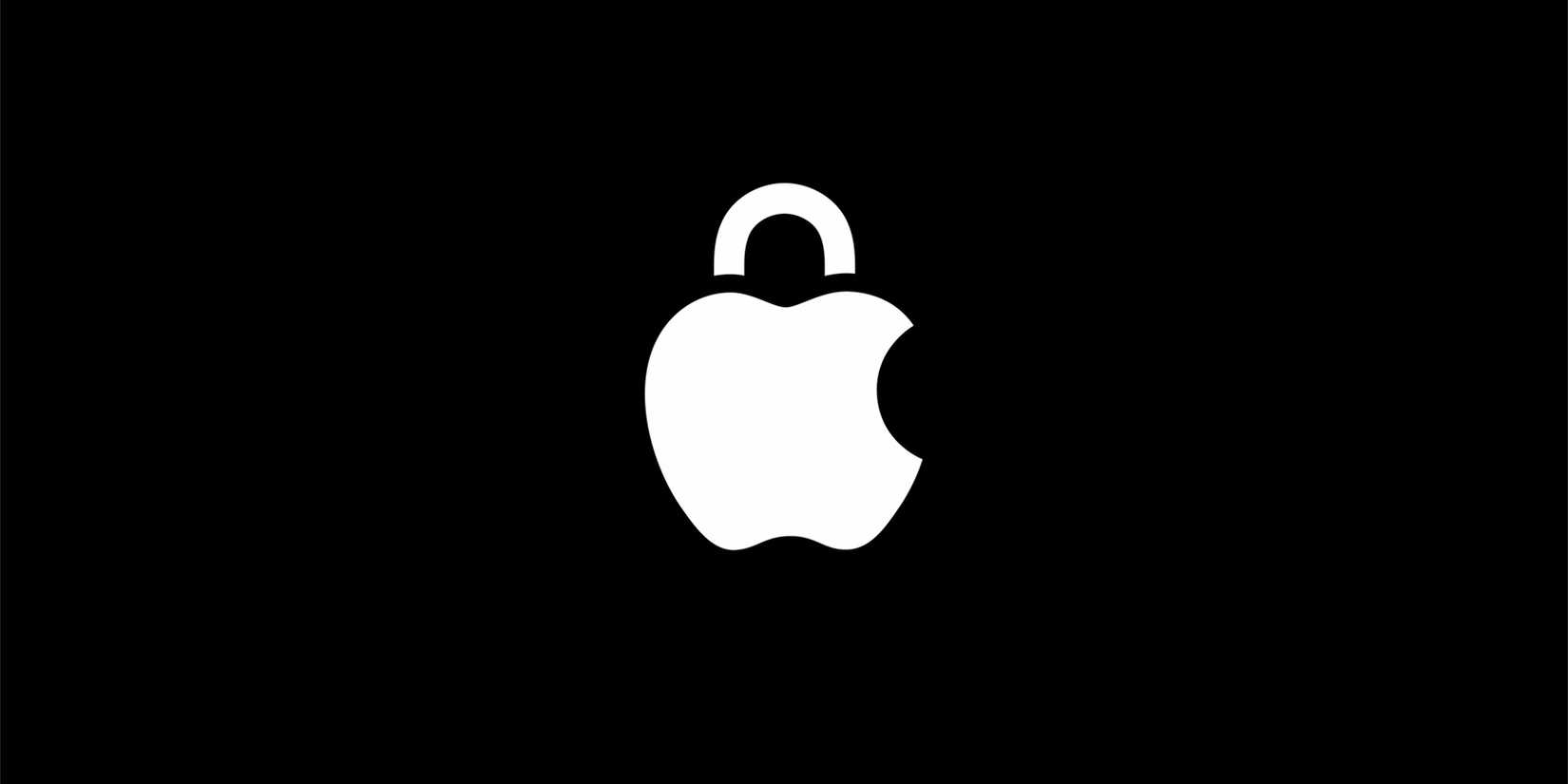Apple packs iPhones, iPads, and Macs with a wide range of built-in security tools that protect you against different threats and attacks. But these tools are not a magic shield—they won’t protect you from everything.
Apple has steadily added layers of protection to its devices. These tools work quietly in the background to safeguard your data and privacy. Here are the key Apple security features and what they do.
1. Secure Enclave
The Secure Enclave is Apple’s dedicated secure subsystem, built into all of its devices, including iPhones, iPads, Macs, and Apple Watches. It’s designed to handle the most sensitive information, like Face ID and Touch ID data, encryption keys, and payment details. Crucially, this data never leaves the Secure Enclave or gets backed up to iCloud, meaning even Apple can’t access it.
It runs on its own microkernel, separate from the main processor, making it much harder for attackers to compromise. In practice, it ensures that your biometric data and encryption keys stay locked down, providing a strong foundation for Apple’s security ecosystem.
2. FileVault
FileVault is a full-disk encryption feature exclusive to macOS. When enabled, it encrypts the entire contents of your hard drive using XTS-AES-128 encryption, making your data unreadable without the correct login password or recovery key. This means that if your MacBook or iMac is stolen or lost, all the data on the device can’t be accessed just by removing the drive.
The only caveat is that you have to enable this feature yourself—it’s not enabled by default. You’d typically do this while setting up your Mac for the first time. However, you can still do it in System Settings by going to System Settings > Privacy & Security > FileVault.
3. Gatekeeper
Gatekeeper is specific to macOS, and it prevents you from running untrusted software. By default, Gatekeeper is set only to allow apps from the Mac App Store or identified developers (those who have an Apple Developer account) to install, thus reducing the risk of malware.
When you try to open an app, Gatekeeper verifies its digital signature and checks it against Apple’s developer database. If you’ve ever tried to install an app and received a warning that the system can’t install it because it’s from an unidentified developer, that’s Gatekeeper working in the background for you.
4. XProtect
XProtect is Apple’s built-in malware detection system for macOS that works quietly in the background, automatically scanning files for known threats whenever they’re downloaded or opened. It also scans apps when you install or open them for known malware. That’s why, when you try installing certain apps, you might be blocked and warned that macOS isn’t sure that the app is malware-free.
And if a malware-infected app managed to slip by these protections and is already installed on your machine, XProtect will notify you to remove the app once detected. XProtect is updated regularly, and these updates are independent from system updates, so it’s a solid way to protect your Mac from malware. Unlike third-party antivirus tools, it doesn’t require any setup—it just works.
5. Lockdown Mode
Lockdown Mode is Apple’s extreme security setting designed for people at high risk of targeted cyberattacks, such as journalists, activists, or government officials. It’s an optional feature that you have to enable manually, but once enabled, it drastically limits certain device functionality and blocks some capabilities by default to reduce attack surfaces.
Among other restrictions, it blocks incoming FaceTime calls unless you’ve talked with the person in the last 30 days, disables links and link previews, blocks most message attachment types in Messages, and removes location information when you share photos. It’s available on all of Apple’s devices, including iPhone (iOS 16 and later), iPad (iPadOS 16 and later), Apple Watch (watchOS 10 and later), and macOS (macOS Ventura or later).
You can enable Lockdown Mode on iPhone or iPad by following these steps:
- Open the Settings app, then select Privacy & Security near the bottom.
- In the Privacy & Security page, tap Lockdown mode, then select Turn on Lockdown Mode.
- Tap Turn on Lockdown Mode in the sheet and confirm by selecting Turn On & Restart, and enter your device passcode.
You can do the same by following these steps on your Mac, keeping in mind the settings app is called System Settings and not Settings like on iPhone or iPad.
6. Find My
Find My is a tracking and recovery tool for lost and stolen devices. It relies on multiple signals to be as accurate and versatile as possible by using your location data, Wi-Fi, cellular towers, and Bluetooth to make it work. Despite that, it might not be accurate at all times—but you can help make Find My more accurate with some tweaks.
You can use the Find My app to locate your lost iPhone, iPad, Mac, Apple Watch, or even AirPods on a map. The Find My app also lets you play a sound to help find a misplaced or lost device nearby, or if the device is miles away from your current location, lock and erase it remotely to protect your data.
7. iCloud Keychain
This is Apple’s built-in password manager, designed to securely store and sync your logins, Wi-Fi passwords, and credit card details across devices. Besides storing your authentication details, you can also use it to generate secure and unique passwords, reducing the temptation to use weak but memorable passwords like 1234567, your pet’s name, or your birthdate.
iCloud Keychain also has an autofill feature that makes logging in to apps and websites a cinch. Additionally, like most password managers, it uses end-to-end encryption, meaning only you can access your credentials.
Apple’s security tools go a long way in protecting your data and devices. These built-in tools make Macs more secure than Windows PCs, but that doesn’t mean that Apple devices are impenetrable. There are still attacks that can get to you despite all of the available tools.
1. Zero-Day Exploits
Zero-day exploits are security vulnerabilities that attackers discover before Apple or security researchers do. Because the flaw is unknown, there’s no patch or defense in place, making it one of the most dangerous threats. Even with Apple’s layered protections, zero-days can bypass safeguards since the system doesn’t yet recognize the exploit.
Apple is usually quick to release security updates once a vulnerability is found. Still, during that window of exposure, you can be at risk even if you’re cautious. Since software updates keep you safe, make it a habit to always install them as soon as they’re available.
2. Malware in Trusted Sources and Supply Chain Attacks
Threats can come from sources you’d normally consider safe. For instance, attackers can compromise a legitimate website or sneak malicious code into an app from a verified developer, bypassing security checks.
Supply chain attacks are even more dangerous because bad actors target the software before it reaches you. While rare, they highlight why even official downloads and updates aren’t entirely risk-free.
3. Social Engineering Attacks
Social engineering attacks target people, not devices, which makes even the strongest security tools unable to protect you. Even strong passwords aren’t bulletproof to these attacks. Scams like phishing emails, fake tech support calls, or messages pretending to be from legitimate sources can trick you into handing over sensitive information like passwords, credit card numbers, or even granting remote access, which the attacker can then use to bypass security tools.
Since they exploit human trust rather than software flaws, security tools offer no protection. Apple has improved its security by adding scam warnings in Messages and Mail, but, as always, awareness is your best defense.
4. Cross-Platform Threats
Apple’s security tools only protect you while using its devices. If you also use other devices outside of Apple’s ecosystem, these security tools don’t offer any protection. In short, Apple can safeguard its ecosystem, but once you step outside it, don’t expect to be protected by its tools—only the tools offered by those alternative platforms like Android, Windows, and Linux.
Apple’s ecosystem is one of the most secure. Even with the risks (that also affect other operating systems), Apple’s devices frequently rate among the safest in the world. So, if you’re worried about security, Apple could well be the right option.









